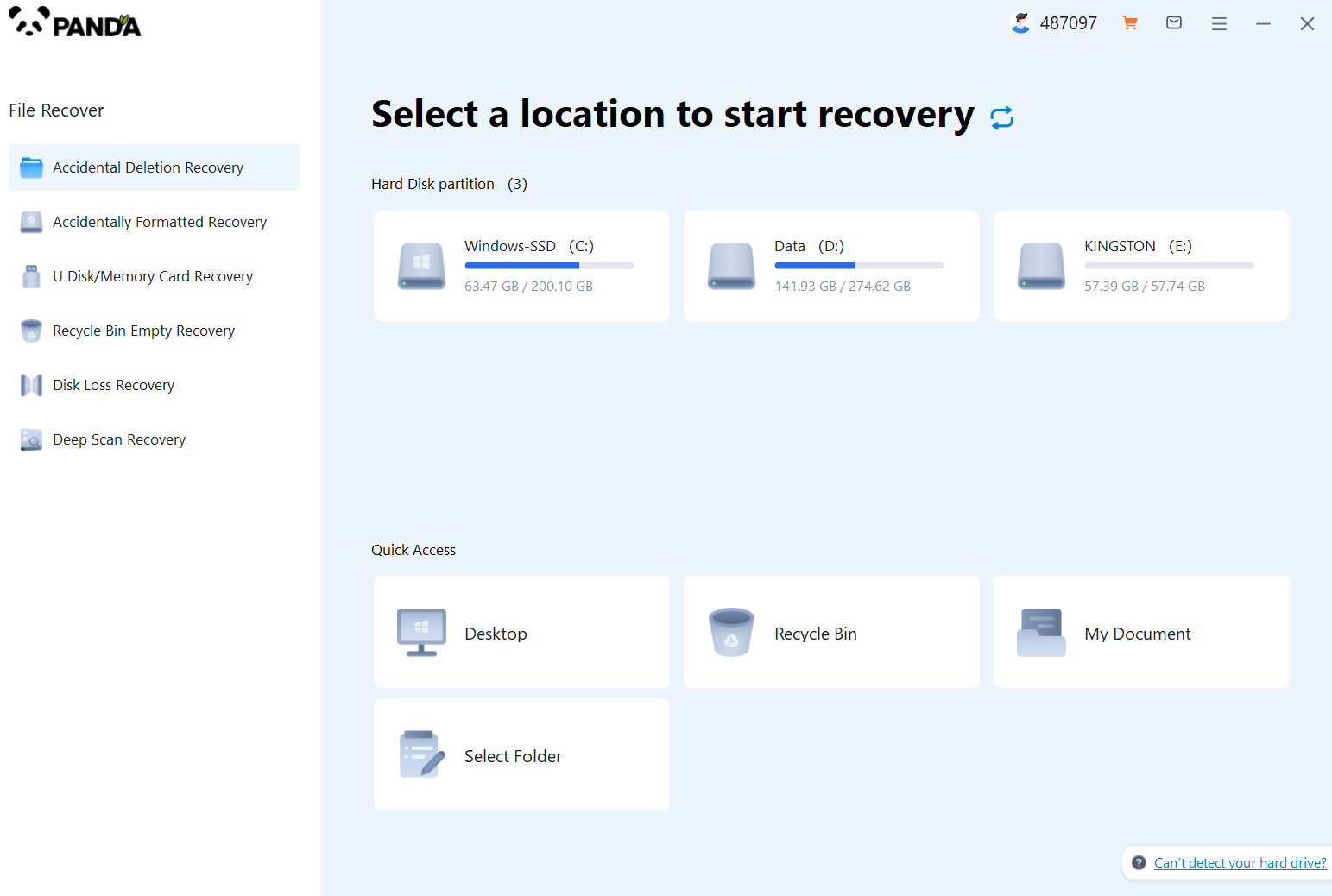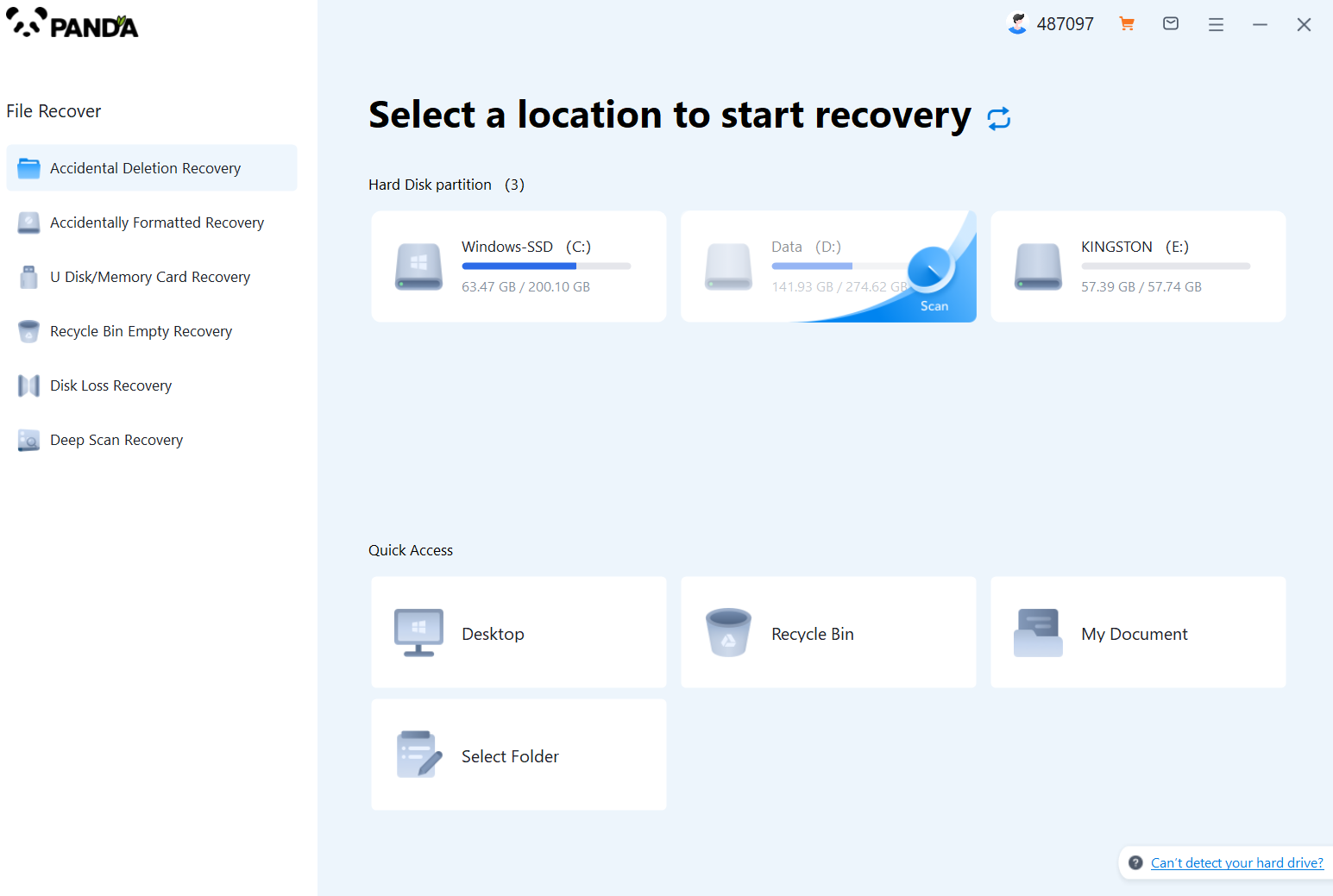Losing important files on your computer can be a stressful experience. Whether you accidentally deleted them, your system crashed, or you encountered a virus, there are several methods you can try to retrieve deleted files. This article will guide you through the steps to recover deleted files from your computer, with a focus on both Windows and macOS operating systems.
1. Check the Recycle Bin/Trash
The first place to look for deleted files is the Recycle Bin on Windows or the Trash folder on macOS. These locations act as a temporary holding area for deleted files, giving you the opportunity to restore them before they are permanently removed.
- On Windows: Open the Recycle Bin by double-clicking its icon on your desktop or searching for it in File Explorer. Browse through the files and folders to find the ones you need. Right-click on the selected items and choose "Restore" to move them back to their original locations.
- On macOS: Open the Trash folder by clicking on its icon in the Dock or navigating to it in Finder. Locate the deleted files and drag them out of the Trash to restore them, or right-click on them and select "Put Back" to restore them to their original locations.
2. Use File History (Windows)
If you have File History enabled on your Windows computer, you can use it to retrieve deleted files from previous backups.
- Open Control Panel and search for "File History."
- Click on "Restore personal files" and follow the prompts to browse your file history.
- Locate the deleted files and select them for restoration. You can restore them to their original location or choose a new location.
3. Utilize Previous Versions (Windows)
If File History is not enabled, you may still be able to use the Previous Versions feature to restore deleted files from shadow copies.
- Navigate to the folder where the deleted files were located.
- Right-click on the folder and select "Properties."
- Go to the "Previous Versions" tab. If available, you will see a list of shadow copies.
- Select the desired shadow copy and click "Restore" to restore the entire folder or click "Open" to browse and restore individual files.
4. Use Data Recovery Software
If the above methods do not work, you can turn to data recovery software. These tools can scan your computer's hard drive for deleted files and help you restore them.The following is an example of Panda data recovery.
Panda data recovery Steps:
Step 1: Select the scenario mode

Choose the appropriate recovery mode according to the actual situation, if the document has been deleted for a long time, you can try "Deep Recovery".
Step 2: Select a location to store your documents

Scan the disk where the document is stored, and try it a few more times if you make the wrong choice or don't remember.
Step 3: Find the documentation

You can search for documents based on their type, or search for them if you remember them.
Step 4: Preview and recover documents

After finding the document, double-click to preview it to make sure it opens normally, and then click to restore.
5. Consider Professional Help
If you're unable to recover your files using the above methods, consider seeking professional help from a data recovery service. These services have specialized equipment and expertise to handle more complex recovery cases, although they can be expensive.
6. Prevent Future Losses
To prevent future file losses, implement the following preventive measures:
- Regular Backups: Regularly back up your important files to an external hard drive, cloud storage, or another reliable location.
- Use File History or Time Machine (macOS): Enable File History on Windows or Time Machine on macOS to automatically back up your files.
- Beware of Viruses and Malware: Keep your antivirus software up-to-date and run regular scans to protect your computer from viruses and malware.
- Handle Deletions Carefully: Be mindful when deleting files and folders, especially if they contain important data.
In conclusion, retrieving deleted files from a computer is possible, but the success rate depends on various factors such as the time since deletion, the presence of backups, and the condition of the hard drive. By following the steps outlined in this article, you can increase your chances of successfully recovering your lost files. Remember, prevention is always better than cure, so take the necessary precautions to protect your data in the future.





